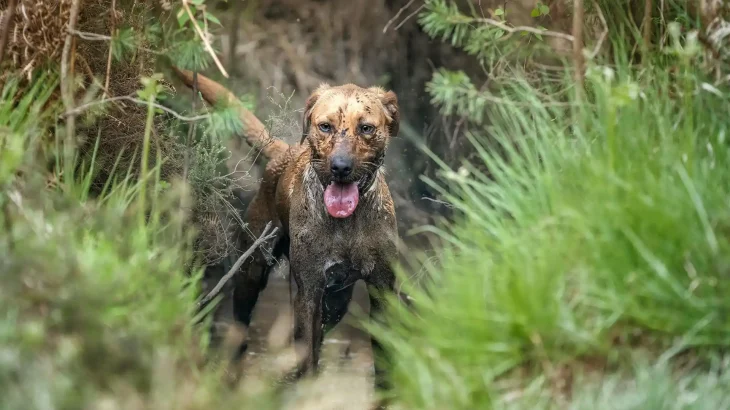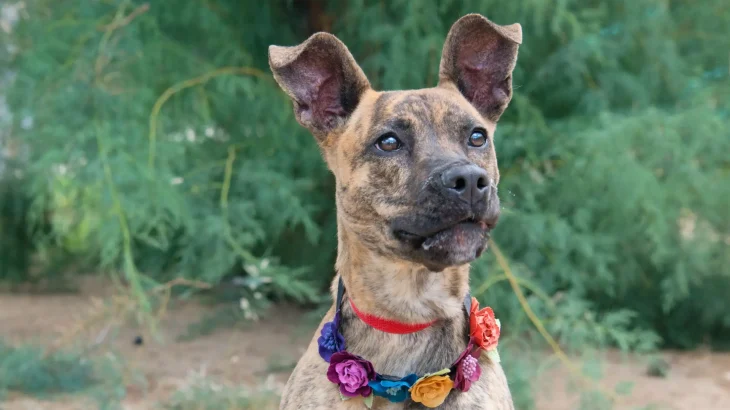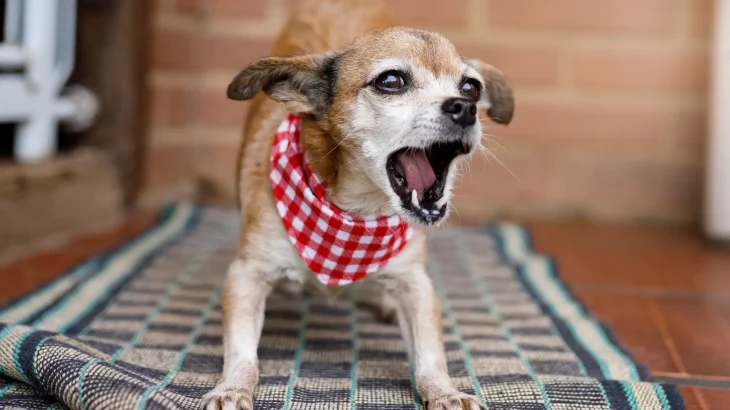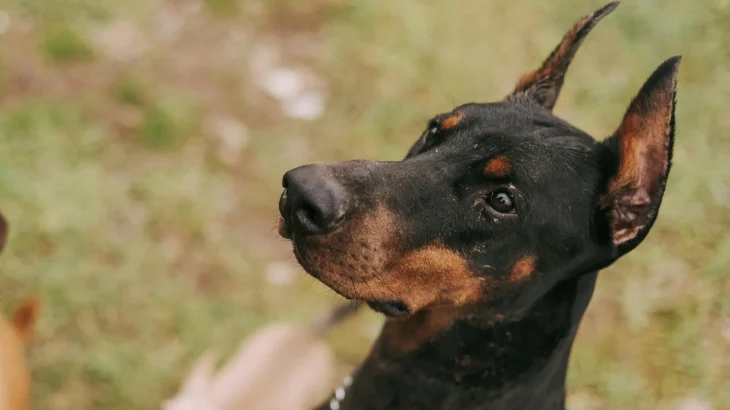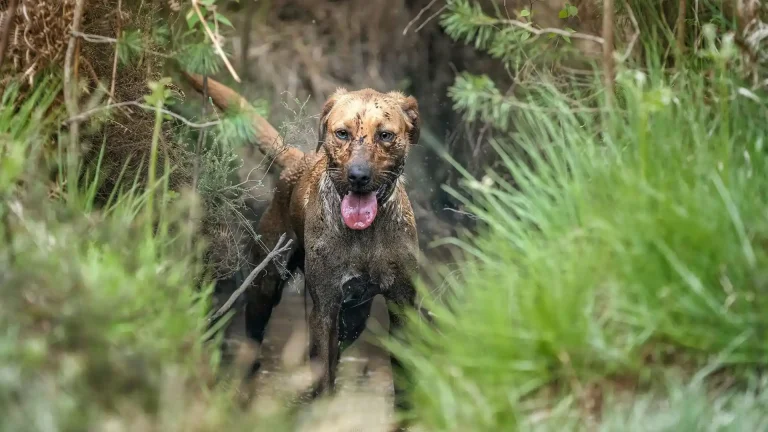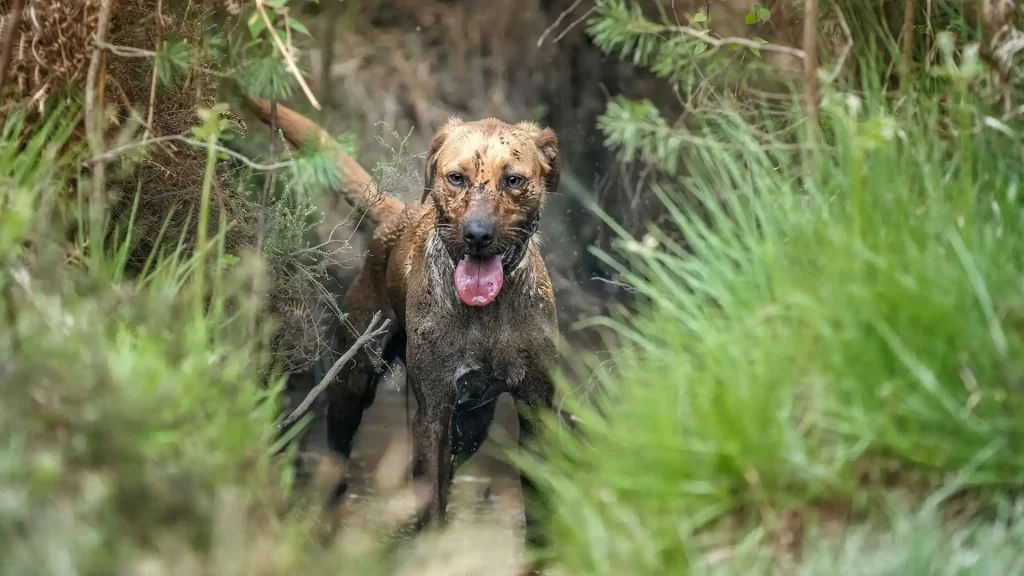When deciding whether to bring a Kangaroo Dog puppy into your home by adoption or purchase, weighing the benefits of each approach can help you make the best choice. Purchasing from a breeder often gives access to documented lineage and specific health assurances, while adopting can offer a loving home to a dog in need, though background details may be less clear. This comparison focuses on key factors relevant to acquiring a Kangaroo Dog puppy.
Adoption vs. Breeder: Pros & Cons
| Criteria | Buying from Breeder | Adopting from Shelter/Rescue |
|---|---|---|
| Cost | Usually higher due to breeding quality and care. | Lower cost; fees often cover vet care and vaccinations. |
| Health History | Breeders usually provide detailed health records and genetic testing. | Health background may be incomplete; shelters offer basic checks. |
| Age Availability | Primarily puppies, allowing early-age raising. | Various ages, including adults, which may suit some families. |
| Temperament Insight | Breeders can share lineage and expected personality traits. | Shelter staff provide behavior notes; full history may be unclear. |
| Supporting Practices | Supports ethical breeding programs when breeders are responsible. | Supports animal welfare by giving dogs a second chance. |
| Ethical Considerations | Responsible breeding maintains breed standards. | Adoption reduces overpopulation and can save lives. |

